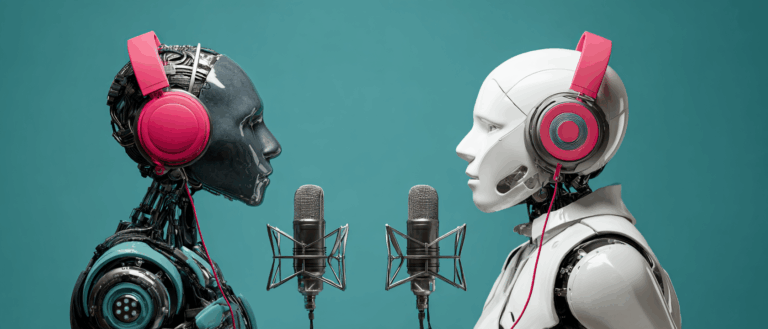Command Palette
Search for a command to run...
Good News for Pet Owners: AI Can Now Recognize the Little Emotions of Dogs and Cats
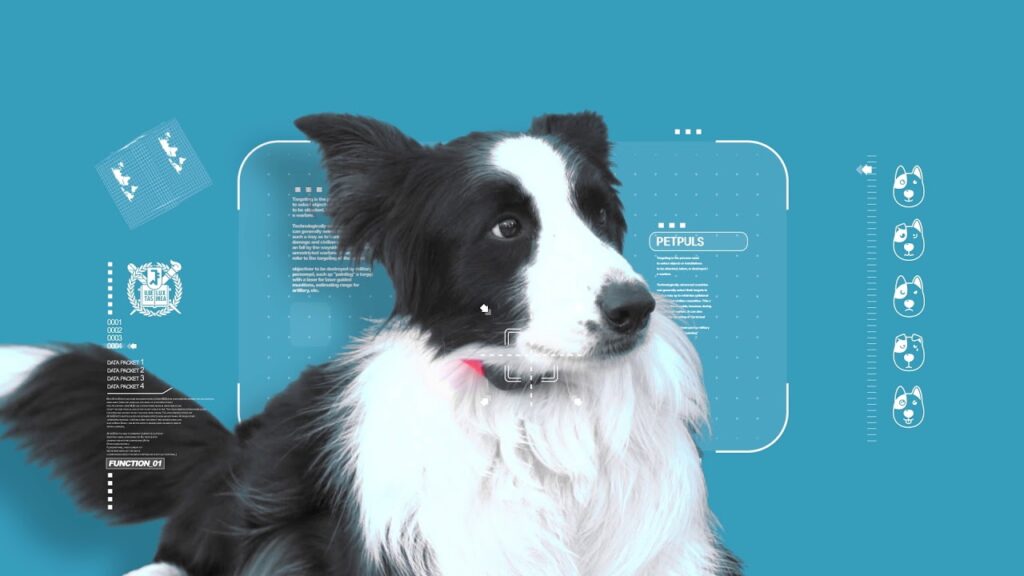
What do your cats and dogs "say" every day? In order to understand their language, some teams have developed AI translation tools specifically for pets to help you become a better pet owner.
A qualified pet owner should also study various pet-raising guides, understand the temperament and habits of dogs and cats, and be aware of their little emotions.
However, when you hear the sounds of "Woof woof woof" or "Meow meow meow", can you understand what they mean?

Like humans, animals also have various emotions. They can be happy, sad, fearful, and angry. However, animals do not have a language system that is unique to humans. Zoologists and animal behaviorists analyze their demands by combining their calls, behaviors, and habits to better understand them.
In recent years, many researchers have applied artificial intelligence technology to this field and launched various AI tools for identifying animal emotions. For example, recently, smart collars that can interpret the emotions of dogs and translation apps for cats have been launched on the market.
Smart dog collar determines the dog's mood
Petpuls Lab, a Korean startup, has been developing a smart dog collar since 2017 to help owners understand their dogs more accurately and effectively.
The first generation of the Petpuls smart collar was launched in the Korean market in February 2018 and has been widely praised. Last year, the second generation of the product was released and is priced at US$99 (about RMB 640).
This smart collar also won this year's Innovation Product Award at the recently held CES 2021 (Consumer Electronics Show).
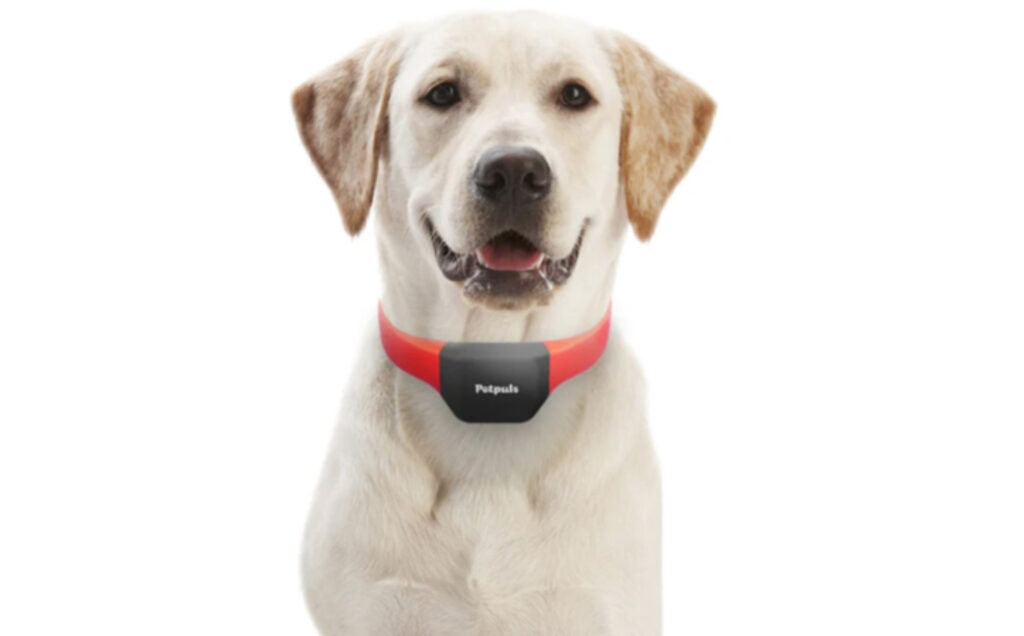
According to the introduction,The team developed a proprietary algorithm trained on more than 10,000 barking samples from 50 dog breeds and four different sizes.The collar is said to have an average emotion recognition accuracy of 90%.
In addition, it has a built-in accelerometer and sensor that acts as an activity tracker to calculate the dog's exercise consumption, allowing you to understand whether the dog needs exercise, or whether the exercise is excessive or tiring.
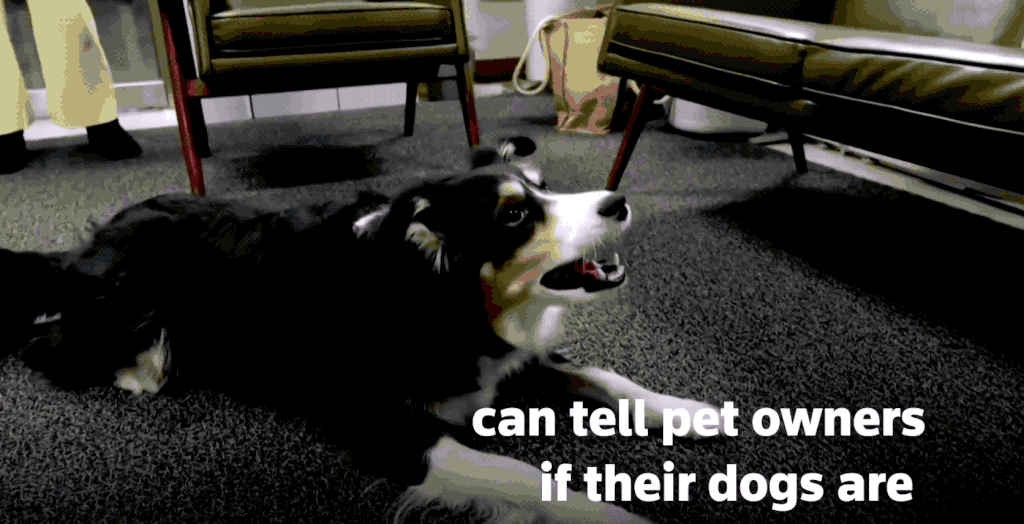
Through WiFi, these monitoring data can be transmitted to the mobile app so that the owner can track the dog's condition in time and better manage the dog's emotions and health.
One user said, "Before, I thought my dog was happy when I played games with him, but through this smart collar, I found that when he lost the game, he would get angry just like a human."

The company's founder, Vincent Kim, created an online pet care platform while studying for his doctorate, and later developed Petplus with the support of the research and development team of Seoul National University. He and his team hope that this smart collar can help owners better understand their dogs and deepen their relationship with each other.
Can cat language be translated? Meow?
Coincidentally, the cat’s “meow meow meow” also has a translation tool.
Some time ago, a former Amazon engineer developed an application MeowTalk that can translate a cat's "meow meow meow" into phrases so that people can know what it is expressing.
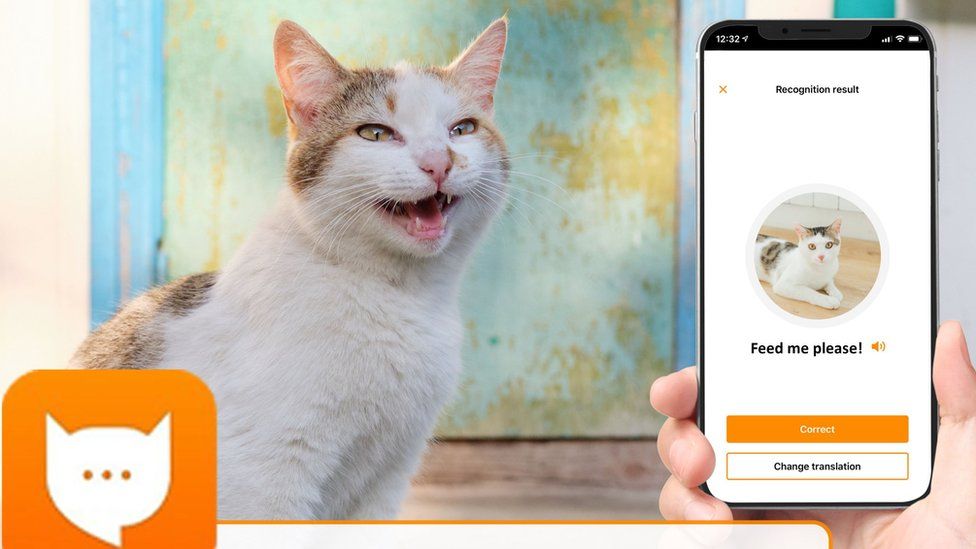
at present,There are 13 phrases in MeowTalk's vocabulary.For example: "Feed me", "I'm angry!", "I'm in pain", "I'm in love", "Leave me alone", etc.
Research shows that each cat's "meow" sound is unique, and the translation method of the application is different for different cats. Therefore, MeowTalk will tailor the algorithm for each cat based on its sound data, rather than using universal data for training.
By recording and labeling cat sounds, the AI translation software can better understand the sound of each cat, and the more times the software is used, the more accurate the translation will be.
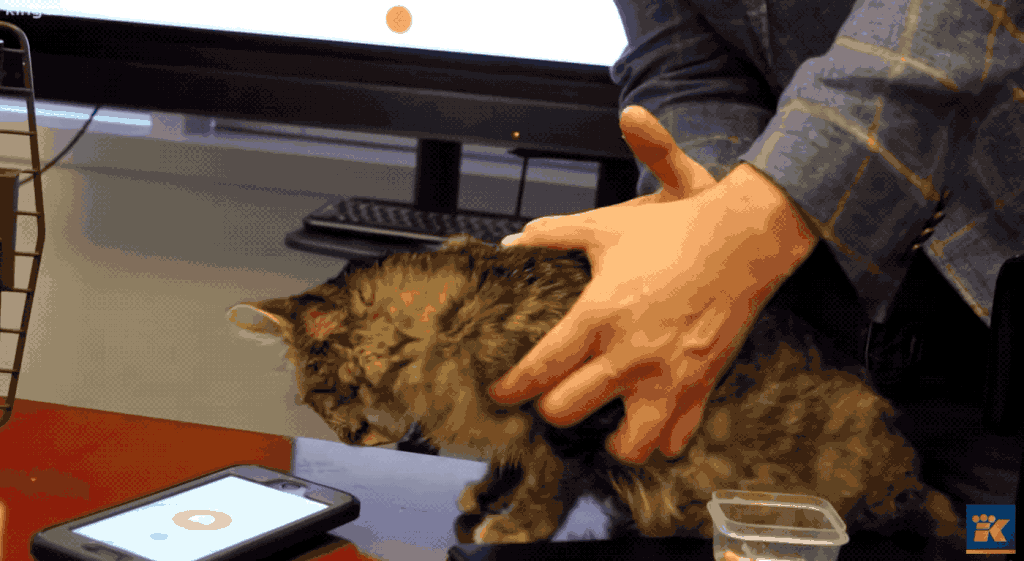
If you disturb a cat while it is eating, the cat will warn you that it is angry.
The developers also hope to develop a smart collar for cats in the future. Together with a mobile app that translates cat language, the cat’s calls can be instantly translated, and the smart collar will then read out the translated sentences.
That is to say, your cat can carry a translator with him from now on. Of course, your cat may not be satisfied with the translation results.
Deciphering animal language may not be that easy
In fact, animals’ expression systems are very complex, and sound is only a part of their language.Most animals also rely on body movements, smells and even biological hormones to communicate with each other.Therefore, if you want to understand what they are saying, you can't just rely on the sound.
In addition, translation tools such as Petpuls and MeowTalk are actually humans who label different dog and cat sound data according to their own understanding, and then use machine learning technology to grasp the corresponding meanings of different sounds.
If the owner finds that the translation is biased, he or she can provide feedback to correct and train it.
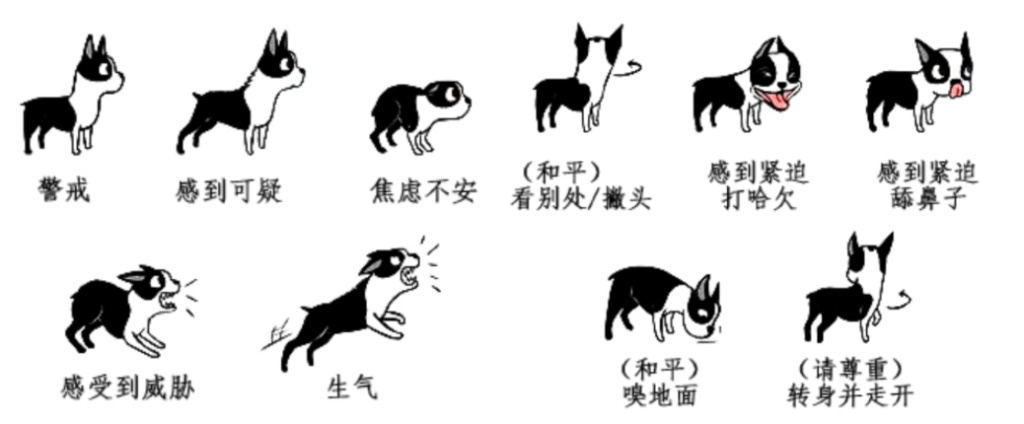
So, in the final analysis,The reason behind AI's ability to translate and understand animal language is still based on human interpretation. But so far, humans are still unable to translate animal language, so how can AI guarantee the results?
Previously, many animal language translation apps have emerged in China, but most of them are for entertainment purposes.
As early as 2013, animal research experts said that animal language translators would be available in the next 5 to 10 years. Now it seems that this prediction has indeed come true, but the results remain to be discussed.
There is still a long way to go in the study of animal language. To understand pets, you only need to spend time with them and observe them carefully, and you will always be able to understand their little emotions. Why do you need a translator?
Therefore, the imagination space for technologies such as animal emotion recognition is not limited to pets, but can also be extended to animals other than pets, such as livestock breeding, animal protection, and species research. There must be a broad field with great potential!



